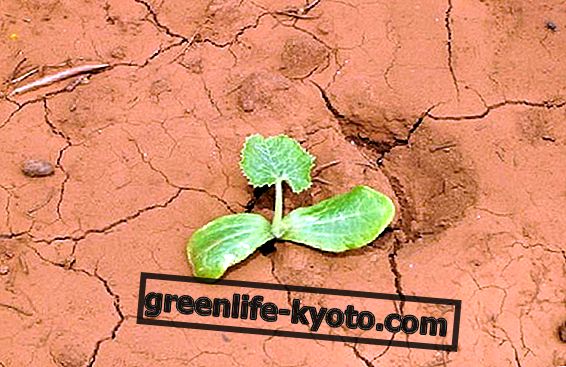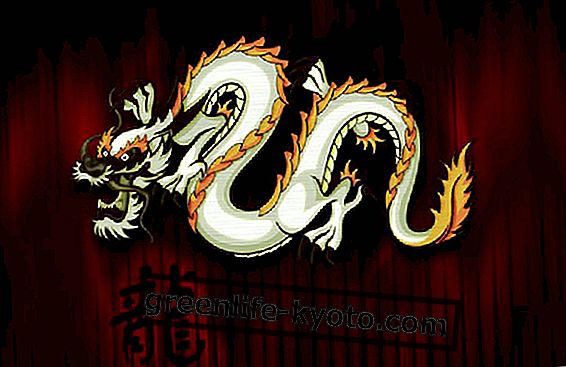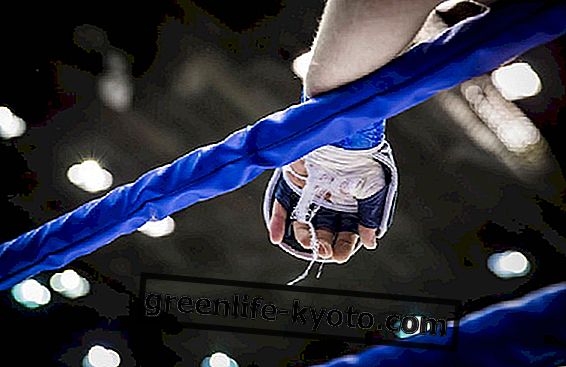
The Ecopedagogy is born in response to the environmental crisis that our planet is going through due to the production system and the level of consumption that are proving increasingly unsustainable.
Several thinkers have proposed to reverse the course towards which Western and Westernized society is heading precisely from the educational field.
Indeed, it is the new generations that will be able to propose new models of development and management of natural resources, but it is up to us to provide them with the right tools to carry out this transformation.
This is why ecopedagogy can represent one of the solutions to the environmental crisis and, at the same time, a wonderful way of doing school .
What is Ecopedagogy?
Ecopedagogy, defined by some authors Pedagogy of the Earth, is a plural and innovative educational model that aims to build the foundations for a sustainable, ecological and peaceful society . According to this model it is necessary to shift the focus of pedagogy from man to the Earth in its entirety and think of nature as a real learning tool .
Although it is possible to find fundamental indications on the pedagogical role of nature in texts such as L'Emilio by Rousseau (founder of Western pedagogy), the intellectual father of Ecopedagogy is the important Brazilian pedagogue Paulo Freire .
He affirmed, in the 70s, that " nobody educates anyone, nobody educates himself, men educate themselves in communion, mediated by the world ".
Freire maintained that man's relationship with the world, and therefore with nature, was a fundamental pedagogical element to generate critical, active and creative human beings.
Starting from the influence of the Brazilian pedagogue, it was precisely some members of the Paulo Freire Institute, including Francisco Gutiérrez and Moacir Gadotti, who developed the model of the Pedagogy.
Recently, several texts on the subject have been published internationally. Among these, a research center for Bulgarian sustainable local development, in collaboration with the Ecoistituto delle Dolomiti, has developed a manual, "The International Handbook of Ecopedagogy", to enrich the training processes of schools, universities and individuals, with the principles of Ecopedagogy.
Read also the interview with Stefano Panzarasa on environmental education
Open-air schools: an example of Ecopedagogy
The projects that are part of the ecopedagogical model are varied and numerous throughout the world. Among these, the realities that are becoming increasingly popular at European level concern kindergarten and primary education .
Although each project is unique and original, the basic idea of this alternative way of teaching and learning is simple and for this very winning: to school in the woods or outdoors, surrounded by nature . What, in fact, is more instructionally appropriate than learning the importance of ecosystems and nature conservation by being in direct contact with them from an early age?
The first experiences of outdoor schooling were born in Denmark in the 1950s, even before the theories of educational pedagogy developed properly. Later this way of making school became widespread and now there are hundreds of educational proposals in Northern Europe, known as Waldkindergartens (from wald "woods", and kindergartnes "gardens for children") or Forest School, but also in other countries, as in Spain where Bosquescuelas have been defined.
In recent years, even in Italy, the first projects have flourished that favor an educational method based on direct and daily contact with nature.
Among the different realities present on the Italian territory we can recall some of them: in 2005 the first agrinido was born in a farm in Pinerolo (Piedmont), while in 2006 it opened the first agriasilo in a farm in the province of Turin.
In 2014, he opened the first Kindergarten in the Bosco at Ostia Antica (province of Rome), in collaboration with the associations "Manes" and "L'Emilio".
Benefits for learners
Going to school in a context such as that of forests or agricultural cooperatives produces benefits not only for the increase in respect for nature and environmental sensitivity, but also for the cognitive abilities of children who are fortunate enough to have this kind of experience.
As evidenced by a study carried out in 2002 in Germany by Peter Häfner (University of Heidelberg), children who had attended an open-air school had achieved better results in several respects than children who had attended traditional schools.
For example, they were able to better follow the content of the lessons, they paid more attention, they performed the tasks in a more independent way than the other children, they respected the rules, they resolved the conflicts of a more peaceful way, they knew how to express themselves correctly and argued better their opinions, they were more creative and imaginative.
Environmental education at school: the care of nature already on the benches













